Does whiplash affect the brain?
The blood supply to the brain is mainly from four arterial vessels, the two common carotid arteries, and the two vertebral arteries, which ultimately form the willis ring supplying blood to the brain tissue. The vertebral arteries mainly supply the posterior region of the brain. The severity of vertebral artery stenosis depends on the site of compression and the degree of stenosis, and in severe cases it can cause stroke.
Vertebral artery-type cervical spondylosis, may cause compression of the vertebral artery, ultimately resulting in insufficient blood supply to the brain, neck discomfort, dizziness, headache, vertigo and other symptoms, it is recommended to go to the regular hospital to improve the examination.
Cervical spondylosis is at the root of many intracranial symptoms!
This is actually very good explanation, the neck is in a special position, in the center of the head and torso, whether it is blood energy, or command conduction need to rely on the neck, once the neck is abnormal, naturally will make the brain can not work properly.
Cervical spine this place is very important, seems to be a small space, but densely packed with neurovascular, and the brain is our body's "headquarters", the logistical supply needs to rely on the heart, and once the cervical lesions, will make the peripheral nerves are stimulated, vascular spasm contraction, the heart to the brain's blood supply is seriously impeded, the situation is what we often call "cerebral blood supply insufficiency". This is what we often call "insufficient blood supply to the brain".
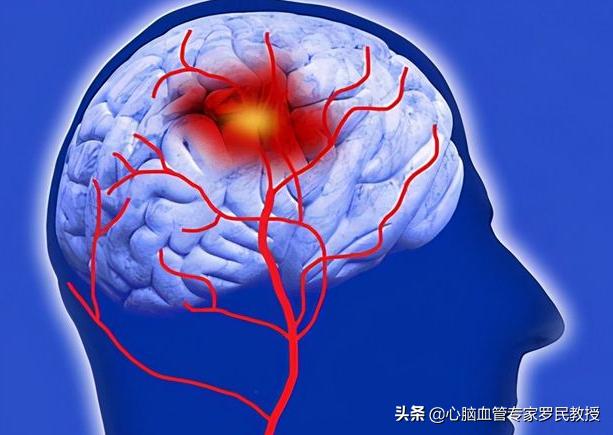
The brain should be the most amazing part of our body, it is in charge of everything, at the same time science can not completely have a clear perception of it, but it is certain that the various regional tissues are related to a variety of functions and perceptions, but if the patient's cervical lesions are serious, the degree of blood obstruction is heavier, then the various regional tissues are lack of blood perfusion for a long period of time, necrosis will gradually occur, and this kind of necrosis is irreversible, and then a series of clinical symptoms will appear. This necrosis is irreversible, and a series of clinical symptoms appear immediately. Dizziness, headache, deafness, tinnitus, and loss of vision are just some of the mild ones, and in severe cases, disability and death may occur.
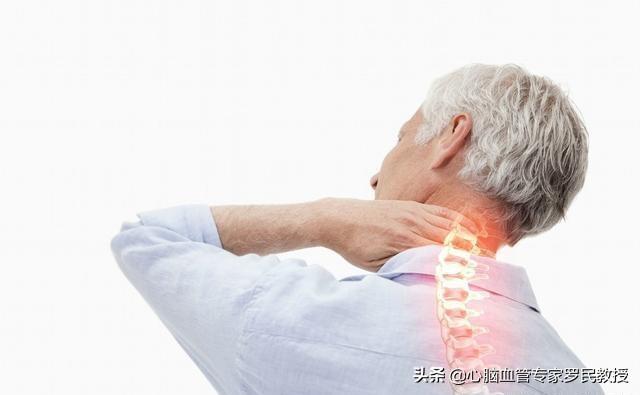
Of course, the brain is only one of the many "victims"!
Cervical spondylosis is a complex disease with numerous clinical subtypes and varying degrees of harm, and the brain can only be described as one of many hazards, not the only one.
Upper limb pain and numbness, which is a typical manifestation of cervical spondylosis, mainly because the nerve roots into the upper limbs received the compression of the neck lesions, the corresponding nerve conduction will be weakened, and then appeared in the hand numbness, this numbness is not a fixed pattern (which finger), a single finger or the whole palm of the hand, arm numbness and pain, are possible.
Lower limb dysfunction, a serious type of cervical spondylosis, in which the patient's spinal cord is compressed or ischemia of the spinal cord can make the lower limbs show obvious dysfunction, which is often referred to as paralysis. Though the chances of occurrence are not high (about 10%), it still requires a high degree of vigilance due to the overly large group of cervical spondylosis.
And because of the nerve conduction, some patients with cervical spondylosis may also have arrhythmia, chest pain and chest tightness, panic and shortness of breath, etc. These patients are not at high risk in the short term, but if it persists for a long time and is not treated with timely interventions, then as vasospasm proceeds, the smooth muscle tears and bleeds, which accelerates plaque thrombosis and ultimately triggers cardiac-type disorders.
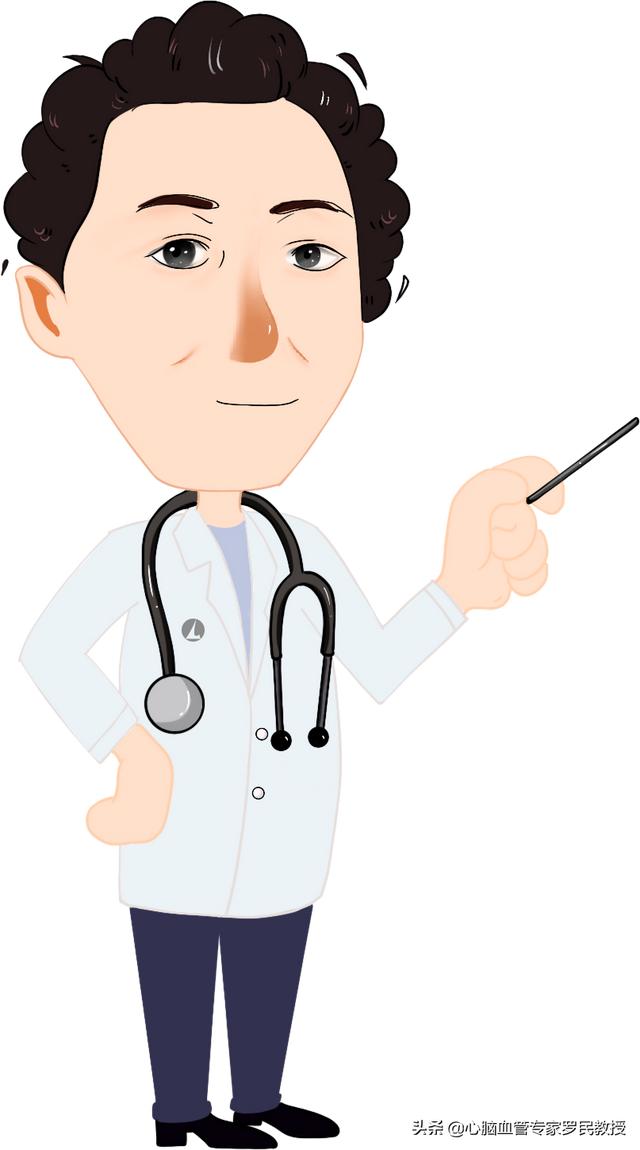
I hope my answer helps you!
If there's anything you don't understand, comment and private message me!
We know that there are four types of cervical spondylosis, different types of clinical manifestations are different, including vertebral artery type cervical spondylosis has a certain impact on the cerebral blood vessels, many patients are dizziness, headache, nausea, vomiting, tinnitus, palpitations and other symptoms of the clinic, checking the cervical spine four-position film of the cervical vertebrae can be seen as straightening of the cervical curvature, the foramen ovale stenosis, which affects the vertebral arterial system of the blood supply, the patient appeared a series of clinical symptoms. So cervical spondylosis has a great impact on people's health, usually must maintain a healthy posture, uncomfortable and timely consultation.
Cervical spondylosis oppresses the brain nerves, headache and dizziness, more exercise exercise, serious advice to go to a regular hospital
It's definitely affected, and it's affected a lot.
Will, dizziness, headache, you can massage the large vertebrae points, and other points. I can let you do not spend a penny, cure cervical spondylosis, first of all, you have to exercise, walk backwards to try, pay attention to safety, the main thing is that now there are fitness equipment in the community, you which place hurts, according to that place slowly knock, the beginning of the pain you can be a little lighter less knock a few times, the price is to insist on exercise. This is my personal experience, now the cervical spine does not hurt at all! Don't forget to give a praise!
Will get,
The cervical spondylosis, not only neck pain! 4 discomfort also shows: the cervical spine injury is not light.
When it comes to cervical spondylosis, I believe that everyone is certainly no stranger to it, and most people even have a close relationship with it. According to a survey, about 7%-10% of people in China are currently plagued by cervical spondylosis, of which the incidence rate of cervical spondylosis patients aged 50-60 years old is 20%-30%, and the incidence rate of elderly people aged 60-70 years old is even as high as 50%.
In addition to middle-aged and elderly people, in recent years in the young people's groups, the incidence of cervical spondylosis is also higher and higher, and even this kind of disease quietly to the children, according to China's youth cervical spine development status report shows that young people cervical vertebrae are in a subhealthy state of more than 80%, which for the late emergence of cervical spondylosis buried hidden trouble.
In the face of the high incidence of cervical spondylosis, Dr. Han Qi of the Department of Pain at East China Hospital of Fudan University said at the popularization lecture that it is related to people's occupations, environments, ages, and accidental injuries, among other aspects.
5 reasons to watch out for whiplash
1、Bow down at work
In life, white-collar workers, teachers, drivers, and students seem to be the most prone to cervical spondylosis problems, and this has a lot to do with their long hours of working and studying with their heads down.
This is because maintaining a low head posture for a long period of time puts the neck muscles under tension for a long period of time, and this can lead to cumulative damage to the neck muscles as well as the corresponding ligaments and other soft tissues, resulting in discomfort in the cervical spine.
2. Increasing age
In addition to the cervical spondylosis that we all know can be caused by prolonged bowing of the head, there is also a close link between cervical spine problems for older patients and changes in their own bodies.
Generally, the normal intervertebral disc water content is about 70%, and with age, its intervertebral disc water content will gradually reduce, lose normal elasticity and toughness, the cervical spine gap gradually narrowed, the joint capsule and ligament relaxation, which leads to cervical spine activities when the stability of the decline, which is the most basic cause of cervical spondylosis.
3. Acute injury
When an acute injury to our neck occurs, i.e., a sudden and forceful twisting of the neck beyond its normal range of motion, this can also cause misalignment of the small conchoidal joints and damage to the vertebrae, which can set the stage for long-term pain in the cervical spine.
Athletes and heavy laborers are the most likely to suffer from whiplash pain due to this type of accidental injury, and we should also be careful when riding in a car because inertia can cause our necks to sway too much, which can lead to whiplash injuries.
4. Cold attack
In order to get rid of the pain of cervical spondylosis, we also need to pay attention to the best warmth to the neck in cold weather. Because the wind, cold and wet cold of the external environment can make the muscle spasm of the neck, as well as the soft tissue blood circulation obstacles, leading to the occurrence of aseptic inflammation, which is both the causative factor and the cause of cervical spondylosis.
5. Congenital malformations
Another group of people with cervical spondylosis is due to congenital developmental deformities of the cervical spine. It has been found that the number of cervical deformities in patients with this kind of cervical spondylosis is more than twice as high as that in normal people, and these deformities include congenital spinal stenosis, congenital cervical spine cryptorchidism, and cervical spine dysplasia.
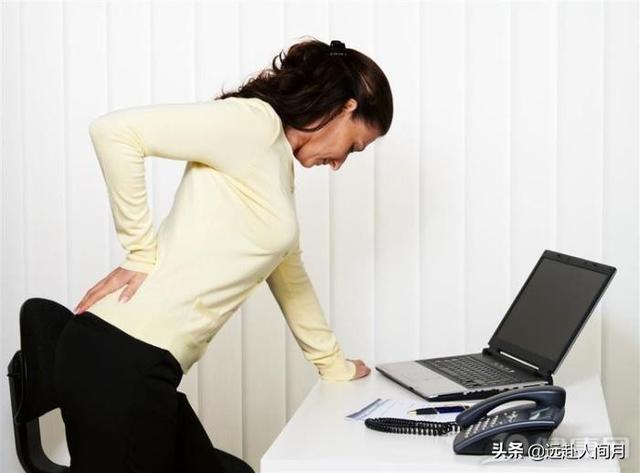

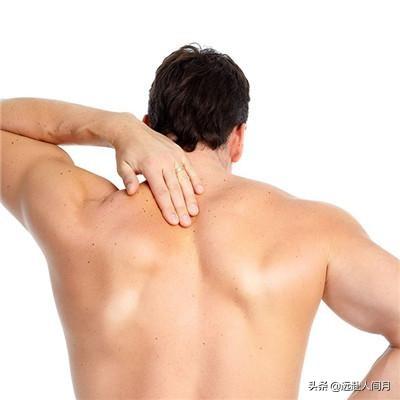

Cervical spondylosis can cause hundreds of related diseases, such as headache and dizziness, numbness of the upper limbs, cervical hypertension, pharyngitis, gastric problems, heart discomfort, etc., if the long-term cervical spine compression of vertebral arteries and nerves, will lead to cerebral ischemia and hypoxia, the brain dominates the activity of the brain slowed down the cerebral nerve conduction, resulting in the brain is often humming, tinnitus, sleep disorders, memory loss, serious cases will cause cerebral infarction, so if there is a cervical vertebrae So if there is cervical pain and discomfort, we should pay attention to, more maintenance of the cervical spine, because the cervical spine is the only pathway connecting the brain and the heart, it must not let it blocked, otherwise all kinds of problems will come in droves. As for the cervical vertebrae causing rattling inside the brain, you can massage the cervical vertebrae appropriately to unblock the blockage near the back of the head.
Definitely affects the brain!
This question and answer are from the site users, does not represent the position of the site, such as infringement, please contact the administrator to delete.